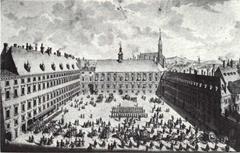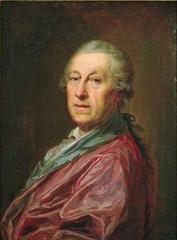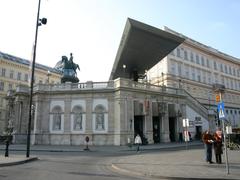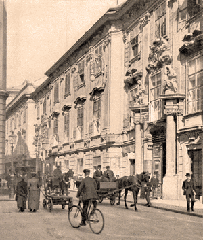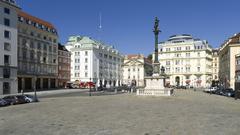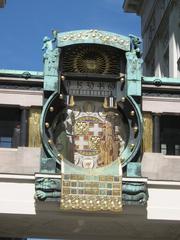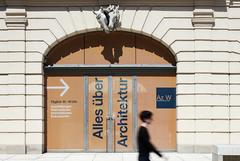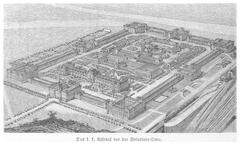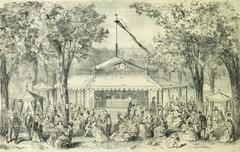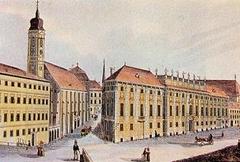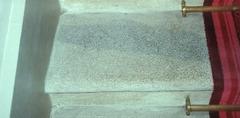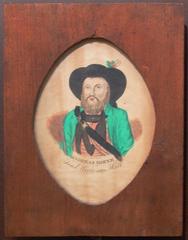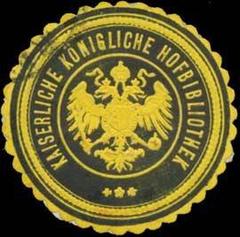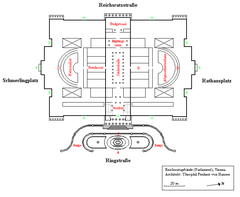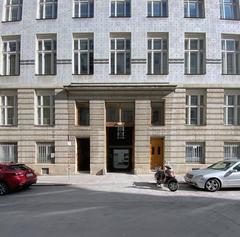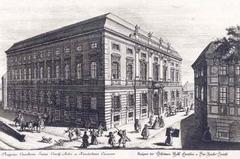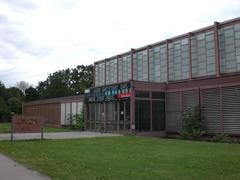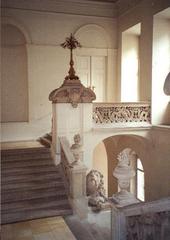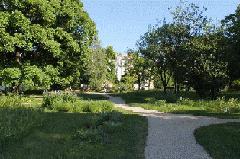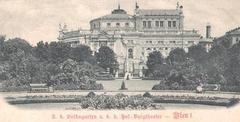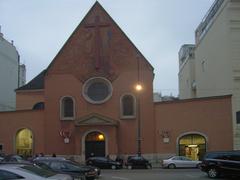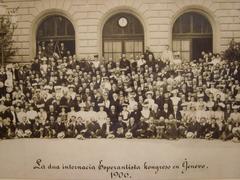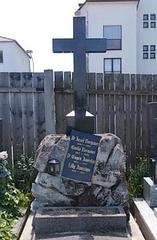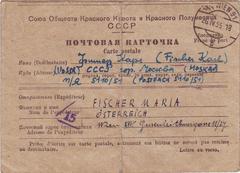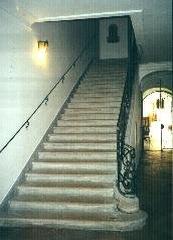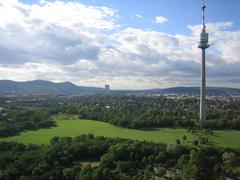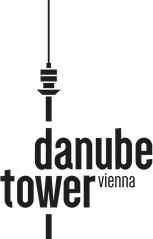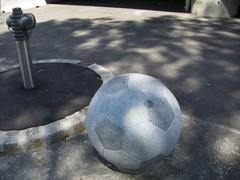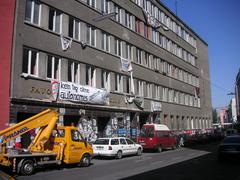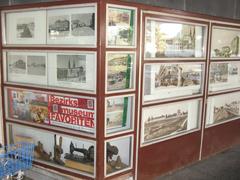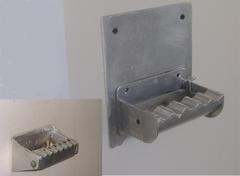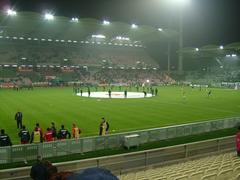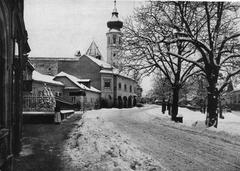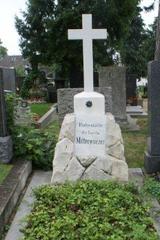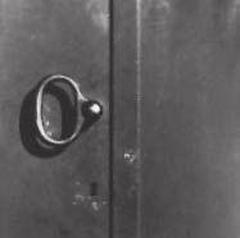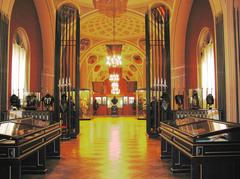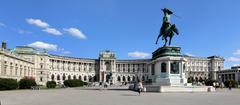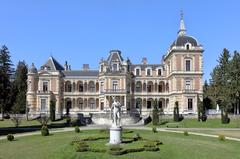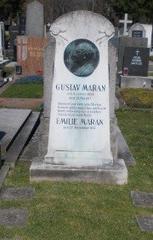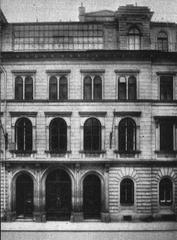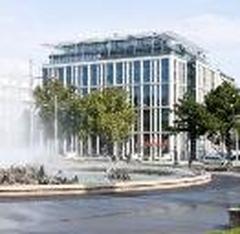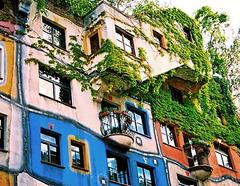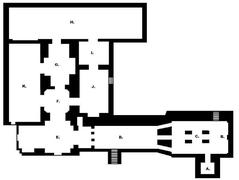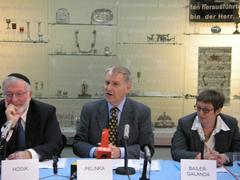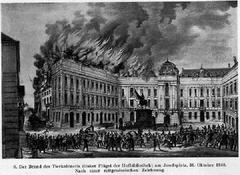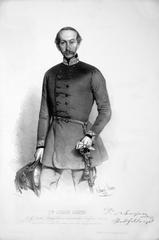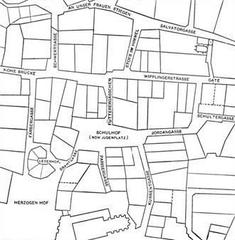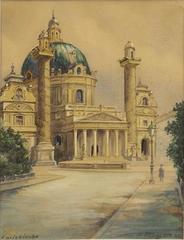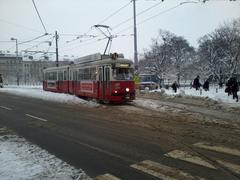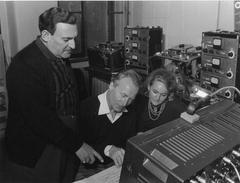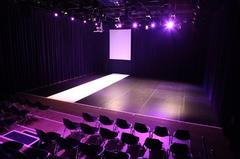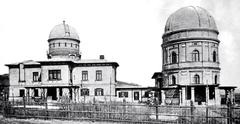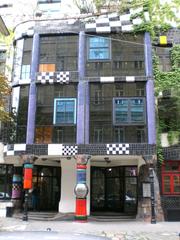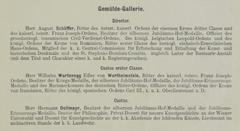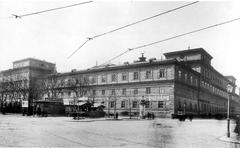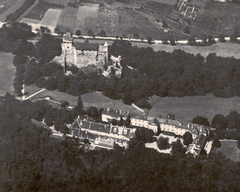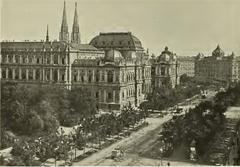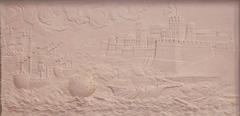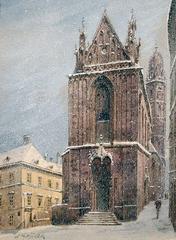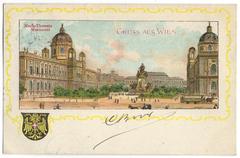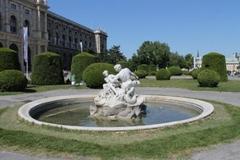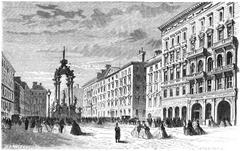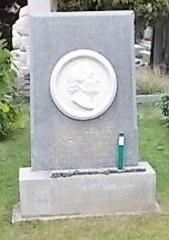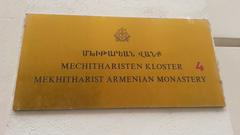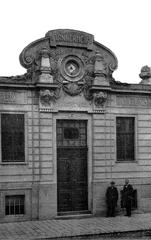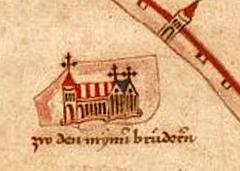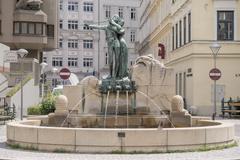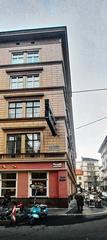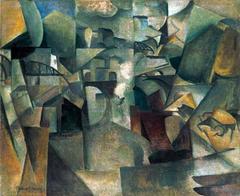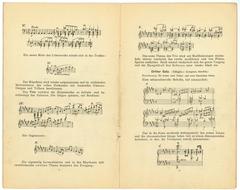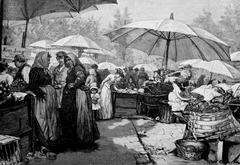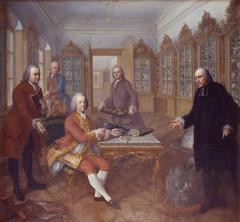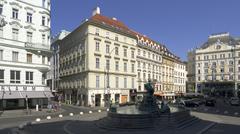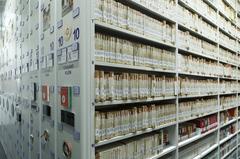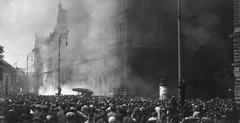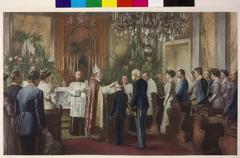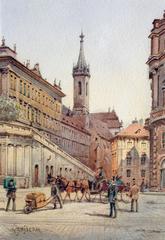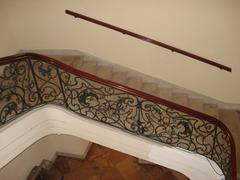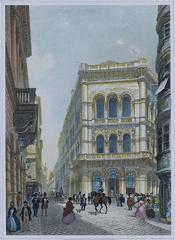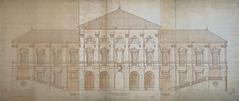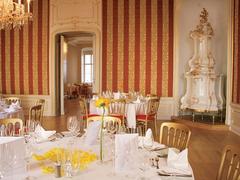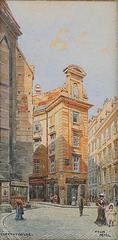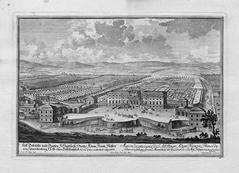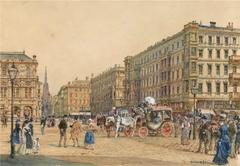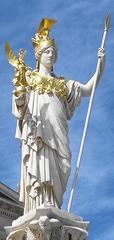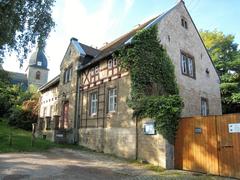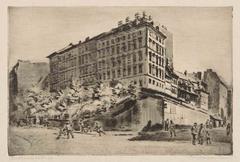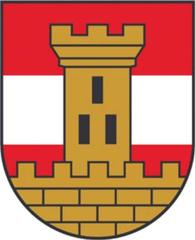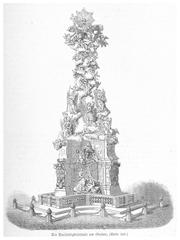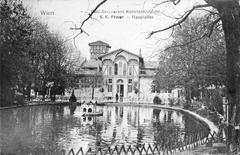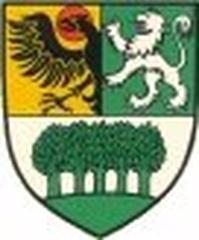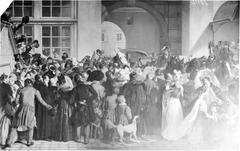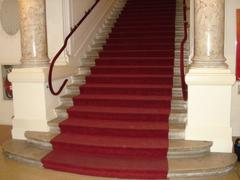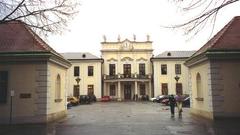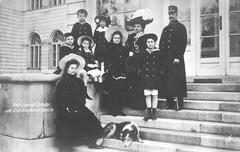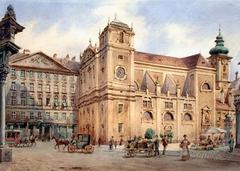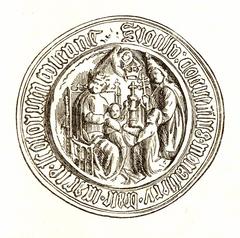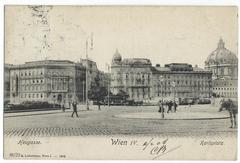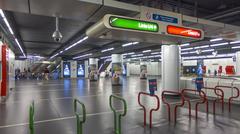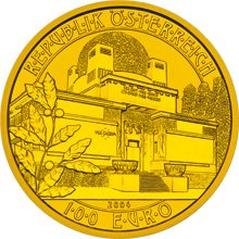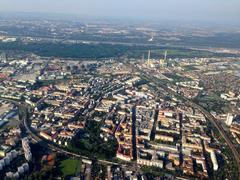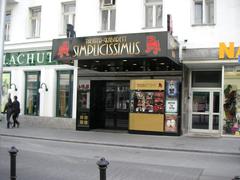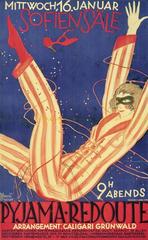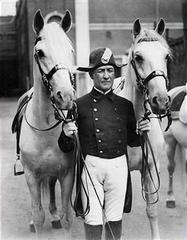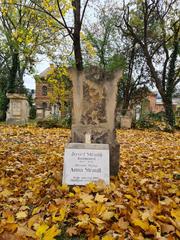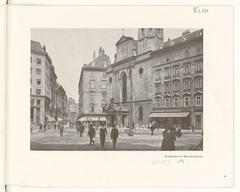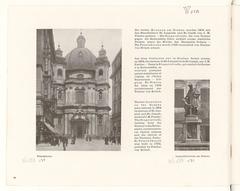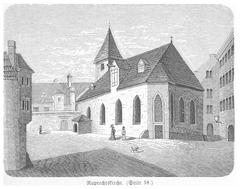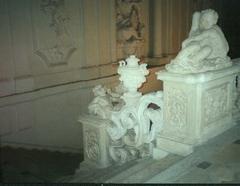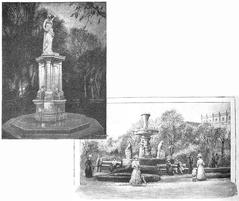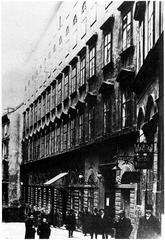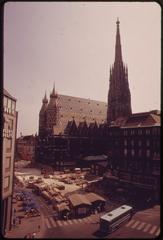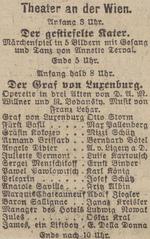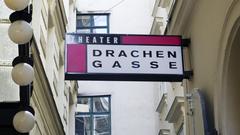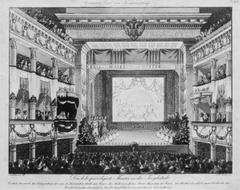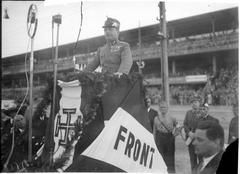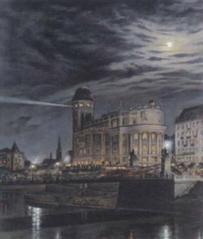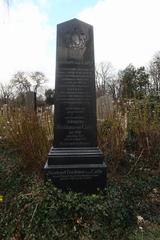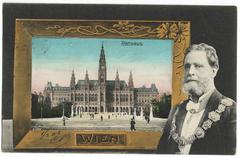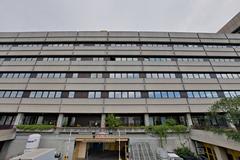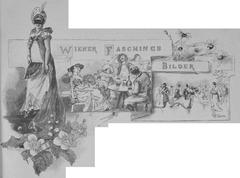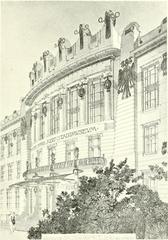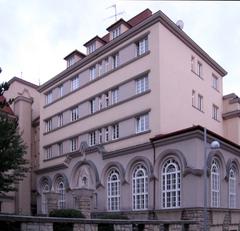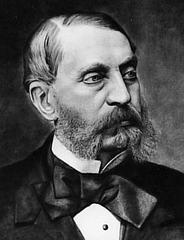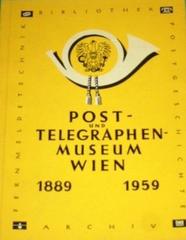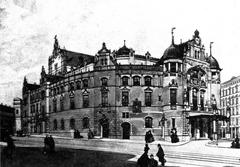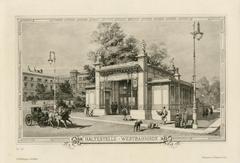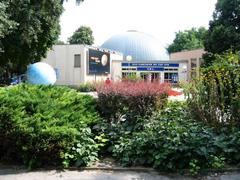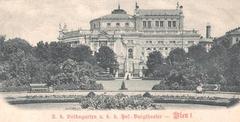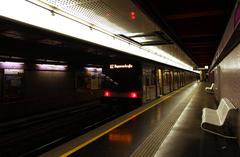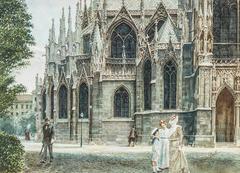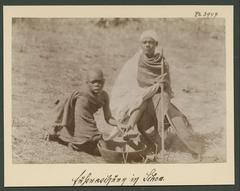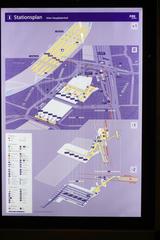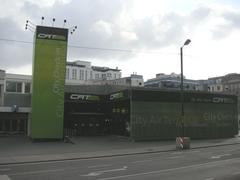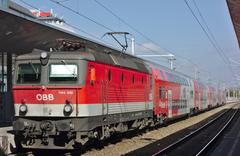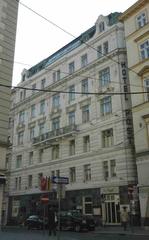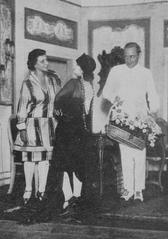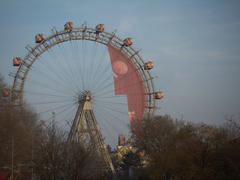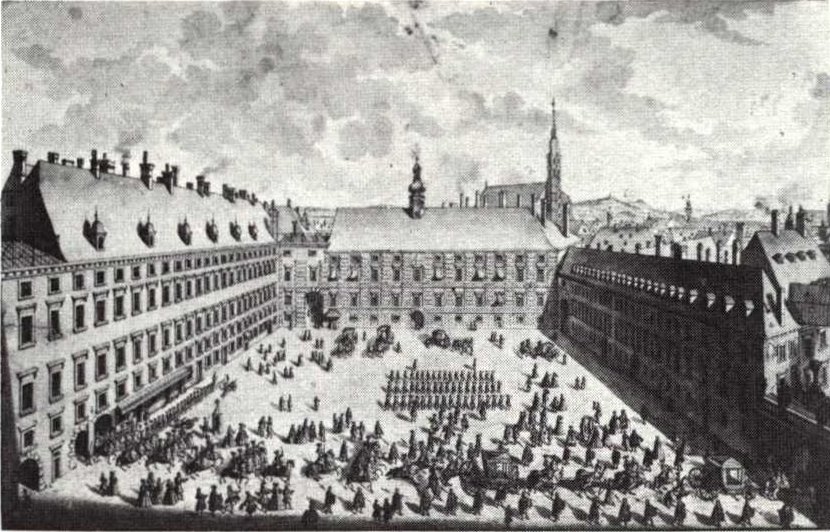
Visiting Neue Burg in Vienna: Hours, Tickets, and Tips
Date: 19/07/2024
Introduction
The Neue Burg, a marvel of historicist architecture located in the heart of Vienna, Austria, is an essential stop for anyone keen on exploring the grandeur of the Austro-Hungarian Empire. As an integral part of the Hofburg Palace complex, the Neue Burg offers a unique window into the rich tapestry of history, architectural splendor, and cultural heritage that defines Vienna. Constructed between 1881 and 1913, this monumental structure was envisioned by Emperor Franz Joseph I as part of the larger Kaiserforum project, aimed at creating an imperial forum that symbolized the power and cultural legacy of the Austro-Hungarian monarchy (Discover Neue Burg, Explore Neue Burg).
The building’s architectural design, a blend of Baroque, Renaissance, and Classical styles, showcases the eclectic tastes of the period and the empire’s imperial aspirations. The Neue Burg is not just a marvel of architecture but also a repository of significant historical events, having served as a residence for the imperial family, a venue for state functions, and even the site of Adolf Hitler’s infamous speech following the Anschluss in 1938. Today, the Neue Burg houses several important museums, including the Austrian National Library, the Ephesos Museum, and the Collection of Arms and Armour, making it a vital cultural and educational landmark in Vienna (source, source).
Table of Contents
- Introduction
- Origins and Construction
- Architectural Significance
- Historical Events and Uses
- Post-War Period and Modern Use
- Cultural and Educational Impact
- Preservation and Restoration Efforts
- Visitor Information
- Visitor Experience
- FAQ
- Conclusion
Origins and Construction
The idea for the Neue Burg emerged in the late 19th century, during a period of significant urban development and modernization in Vienna. The construction of the Neue Burg was part of the larger Kaiserforum project, envisioned by Emperor Franz Joseph I, which aimed to create a monumental imperial forum.
Construction of the Neue Burg began in 1881 and continued for several decades, reflecting the ambitious scale and intricate design of the project. The architectural plans were initially drafted by Gottfried Semper and Karl von Hasenauer, two prominent architects of the time. However, the project faced numerous delays and modifications, partly due to the complexity of the design and the political and economic challenges of the era. The building was finally completed in 1913, just a year before the outbreak of World War I, which marked the end of the Austro-Hungarian Empire.
Architectural Significance
The Neue Burg is a masterpiece of historicist architecture, blending elements of Baroque, Renaissance, and Classical styles. The building’s façade is adorned with intricate sculptures and reliefs that depict various historical and mythological scenes. One of the most striking features of the Neue Burg is its grandiose central wing, which includes a monumental staircase and a series of opulent state rooms.
The architectural design of the Neue Burg reflects the imperial aspirations of the Austro-Hungarian monarchy. The building was intended to symbolize the power and cultural heritage of the empire, serving as a venue for official ceremonies and state functions. The interior of the Neue Burg is equally impressive, featuring lavish decorations, ornate ceilings, and exquisite artworks.
Historical Events and Uses
Throughout its history, the Neue Burg has played a significant role in various historical events. During the Austro-Hungarian Empire, the building served as a residence for members of the imperial family and a venue for important state functions. One of the most notable events held at the Neue Burg was the signing of the Treaty of Saint-Germain in 1919, which officially ended World War I and led to the dissolution of the Austro-Hungarian Empire.
In the years following World War I, the Neue Burg underwent several transformations. During the interwar period, the building housed various government offices and cultural institutions. In 1938, following the Anschluss, when Austria was annexed by Nazi Germany, the Neue Burg became the site of Adolf Hitler’s infamous speech from the balcony, declaring the annexation of Austria into the Third Reich (source).
Post-War Period and Modern Use
After World War II, the Neue Burg was restored and repurposed to serve as a cultural and historical landmark. Today, the building houses several important museums and collections, including the Austrian National Library, the Ephesos Museum, and the Collection of Arms and Armour. These institutions offer visitors a glimpse into Austria’s rich cultural heritage and historical legacy.
The Austrian National Library, located within the Neue Burg, is one of the most significant cultural institutions in Austria. It houses an extensive collection of books, manuscripts, and historical documents, including the famous Papyrus Collection and the Globe Museum. The Ephesos Museum, also located in the Neue Burg, features a remarkable collection of artifacts from the ancient city of Ephesus, providing insights into the history and culture of the ancient world (source).
Cultural and Educational Impact
The Neue Burg continues to play a vital role in Vienna’s cultural and educational landscape. The building’s museums and collections attract thousands of visitors each year, offering a unique opportunity to explore Austria’s history and cultural heritage. The Neue Burg also hosts various exhibitions, lectures, and cultural events, contributing to the vibrant cultural scene of Vienna.
In addition to its cultural significance, the Neue Burg serves as an important educational resource. The building’s museums and collections provide valuable learning opportunities for students, researchers, and scholars. The Austrian National Library, in particular, offers access to a wealth of historical documents and resources, supporting academic research and scholarship.
Preservation and Restoration Efforts
Preserving the architectural and historical integrity of the Neue Burg has been a priority for Austrian authorities. Over the years, several restoration projects have been undertaken to maintain and restore the building’s original splendor. These efforts have included the restoration of the building’s façade, the conservation of its interior decorations, and the modernization of its facilities to accommodate contemporary museum standards.
One of the most significant restoration projects was the renovation of the Neue Burg’s grand staircase and state rooms, which were meticulously restored to their original condition. These restoration efforts have ensured that the Neue Burg remains a cherished cultural and historical landmark, preserving its legacy for future generations.
Visitor Information
Ticket Prices and Opening Hours
Neue Burg is open daily from 10 AM to 6 PM. Tickets can be purchased at the entrance or online. General admission is €12, with discounts available for students and seniors.
Travel Tips
The Neue Burg is easily accessible by public transportation. The nearest metro station is Stephansplatz.
Nearby Attractions
Located within the Hofburg Palace complex, visitors can also explore the Imperial Apartments, the Sisi Museum, and the Spanish Riding School.
Accessibility
The Neue Burg is wheelchair accessible, with elevators and ramps available for ease of movement.
Visitor Experience
Today, the Neue Burg offers a memorable experience for visitors, combining historical exploration with cultural enrichment. The building’s museums and collections provide a fascinating journey through Austria’s history, from ancient times to the modern era. Visitors can explore the opulent state rooms, admire the intricate architectural details, and discover the rich cultural heritage preserved within the Neue Burg.
For those planning a visit, it is recommended to allocate several hours to fully appreciate the diverse exhibits and collections housed within the Neue Burg. Guided tours are available, offering in-depth insights into the building’s history and significance. Additionally, the Neue Burg’s central location within the Hofburg Palace complex makes it easily accessible and a must-visit destination for anyone exploring Vienna (source).
FAQ
What are the Neue Burg opening hours?
The Neue Burg is open daily from 10 AM to 6 PM.
How much are the tickets for Neue Burg?
General admission is €12, with discounts for students and seniors.
Conclusion
In summary, the Neue Burg stands as a monumental symbol of Austria’s imperial past and cultural heritage. Its rich history, architectural grandeur, and cultural significance make it an essential destination for visitors to Vienna, offering a unique and enriching experience that spans centuries of history and culture.
References
- Discover Neue Burg in Vienna - History, Visiting Hours, Tickets, and More, 2024. source
- Explore Neue Burg - Visiting Hours, Tickets, and Historical Insights in Vienna, 2024. source
- Ephesos Museum official website, 2024. source
- Austrian National Library Papyrus Museum official website, 2024. source
- Hofburg Palace official website, 2024. source
